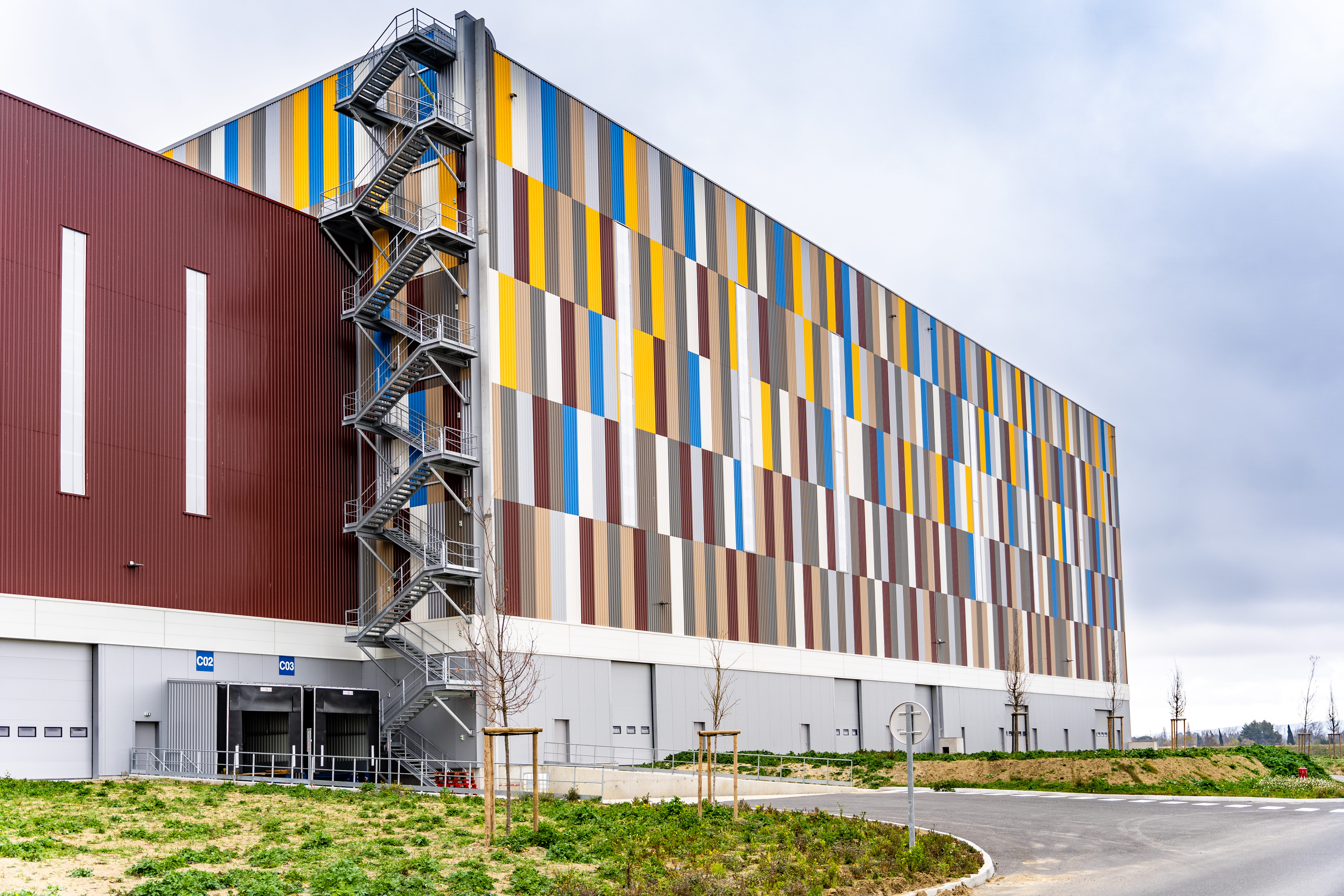If you’ve heard people mention lean supply chain management but don’t know what it means, don’t worry, because you’ve come to the right place.
Supply chain management is one of the main challenges for companies whose logistics activity is an essential link in their value chain.
The constant search for improving production flow management has resulted in the emergence of the concept of “Lean management”.
This model has proven itself to be very effective and is used by many major international logistics players.
Are you looking to find out more about lean supply chain management?
If so, this article explains the concept, so that you can better understand it and easily deploy it within your own supply chain.
Menu:
I. What does lean supply chain management mean?
II. What does Lean Supply Chain Management involve?
III. How to switch to a Lean Supply Chain Management strategy?
I. What does Lean Supply Chain Management mean?
1. A definition of Lean Supply Chain Management
The term ‘lean‘ refers to the reduction of various processes that make up the supply chain in an attempt to make it more efficient.
It is an approach that aims to reduce overall waste, both financial and material, that can result from poor supply chain management.
This overall reduction is made possible by overcoming the barriers often found between the different stages of the supply chain. In the long term, it ensures better coordination of all the links that make the chain.
-
Its productivity: better optimisation of the supply chain will allow the company to save time.
-
Its profitability: shorter production times and optimised stocks will allow the company to produce more and save on unnecessary costs.
-
Its management: from an administrative point of view or at process level, where lost time will be considerably reduced.
2. Lean Manufacturing VS Lean Supply Chain Management quelles différences ?
It is important to distinguish between these two terms, which, although similar, differ in meaning.
The concept of Lean Supply Chain Management is a variation of the initial concept of Lean Manufacturing initiated by the Japanese company, Toyota.
Lean Manufacturing is a method based on 3 main principles:
-
Muda: the elimination of useless activities, those which do not bring profit to the company (overproduction for example)
-
Mura: better flow management based on more constant and extended production over the long term (avoid periods of inactivity and overflow periods)
-
Muri: an improvement in the working conditions of employees (for example, the optimisation of workstations)
Lean Manufacturing places the human dimension at the heart of its approach and believes that a better working environment will lead to greater employee performance. This significant cultural shift has sometimes complicated the deployment of the approach in Western companies.
Conversely, Lean Supply Chain Management goes beyond the basic framework laid out by Lean Manufacturing in order to accommodate the fact that, a supply chain has to respond to unpredictable conditions / situations.
This is where the nuanced differences between the two methodologies become apparent. Whilst Lean Manufacturing is a culture in its own right, Lean Supply Chain Management favours a more analytical approach, so that it is able to react and respond to situations quickly.
II. What does Lean Supply Chain Management involve?
1. A global approach
Lean supply chain management is a change in its own right that requires revising your current processes and risks upsetting well-established work habits among your employees.
However, the benefits of Lean Supply Chain Management offers long term benefits for your business.
2. The challenges of better supply chain management
Lean supply chain management can allow you to optimise the different stages of your supply chain with:
-
Demand driven production: the aim is to push the product differentiation stages as late as possible in order to automate the earlier stages and increase the productivity of your supply chain
-
Just-in-time production: here too, production must be adapted to demand and not to your company's production capacity, in order to limit overproduction and not obstruct production cycle times.
-
Continuous value production: the more responsive you are to your customers, the more your expertise will be considered. You must try to build your production processes according to the level of service expected by each market segment.
Ultimately, Lean Supply Chain Management aims to make your supply chain more agile and flexible.
III. How to switch to a Lean Supply Chain Management strategy?
1. Study and analyse the terrain upstream
Before integrating new processes and rethinking those used by your company currently, it is necessary to conduct in-depth studies into the various frictions felt within your supply chain.
This will provide you with a better view of the full situation and to be in a better and more informed position to consider some of the major changes that might need to be made.
In addition, it will allow you to estimate:
-
The budget required at each stage: will the interruption of certain links in the supply chain lead to losses for your business?
-
The internal resources at your disposal: which employees have the necessary technical skills and can be mobilised for this restructuring processes?
-
The external resources to be deployed: do you need to deploy new software and use external service providers? Is it necessary to invest in training to support your employees using these new tools?

2. Standardise as many processes as possible
The adoption of this new methodology should lead to positive changes, but for this to be possible, you should try to standardise as many new processes as possible.
If you want these new processes to remain in place for the long term, you must thoroughly consider every aspect, so that your employees can adopt them easily.
It is likely that you are already wasting time due to some processes not being sufficiently structured. The incorrect use of tools by inexperienced users, for example, can have serious consequences on your overall productivity.
For example, a poorly configured Excel table can mean manual adjustments are required by your employees – a task that could easily be automated.
Each of your processes must therefore be structured carefully to meet the challenges of a changing market, which is ever more demanding in terms of quality and speed. It is only once all of your processes have been optimised that your supply chain can reach its full potential.
As you can see, the standardisation of processes is a particularly important element in your supply chain. It will allow you to identify the best practices and possible compromises needed for improvement in a relatively short time.
To find out more about standardisation : learn about the Six Sigma Method.
3. Support employees in the transition to Lean Supply Chain Management
A. Connection
If you want to improve efficiency between the different stages of your supply chain, you must facilitate the interactions between them.
It is important to establish good connections between your employees so that they can communicate effectively and regularly. If information is able to flow quickly, your supply chain will be more efficient.
Learn more about the 5S method, designed to optimise working conditions and employee working time.
B. Training
Lean Supply Chain Management is a big change for your team. New IT tools and new processes will need to be implemented, so you must provide adequate training for your employees.
Providing a good transition will make it easier for you to coordinate and faciliate the transformation and encourage employees to adapt to this new vision.
It is also important to adopt an ‘active listening’ approach in order to adjust new procedures where needed.
If you want your teams to adhere to new working methods, you must adapt them according to their needs, and support them in the face of the problems encountered along the way.
4. Accepting and controlling the unexpected: the limits of Lean Supply Chain Management
The management of production flows is often made more complex by their changing nature, which will vary according to different factors.
As a result, no method will ever be able to anticipate all potential contingencies (significant variation in demand compared to forecasts, quality issues, etc.), even with the best leadership and flawless organisation.
It is therefore also necessary to consider the limits of Lean Supply Chain Management, remembering that responsiveness and flexibility are principles that can be based on more arbitrary decisions, that cannot be anticipated.
For example, stock management can be compromised when a one-time customer orders almost all of your stock at a low price, whilst at the same time loyal customers continuing to stock up regularly, according to their pre-determined forecasts.
As part of a Lean Supply Chain Management approach, do you want to better facilitate your production processes?
LPR pallet pooling may be the solution.
LPR - La Palette Rouge allows you to fully outsource the management of your pallet pool.
Our teams take care of everything. Depending on your specific pallet needs, you will receive the right number of pallets in the right place and at the right time. In addition, once they reach the end of the chain, the red pallets will be collected, repaired if necessary, and then reused.
Making your supply chain more efficient and greener is possible with LPR- La Palette Rouge red pallets.
If you would like to discuss your logistics issues with our business experts, you can contact them here. You can also access our other blog articles to learn more about the supply chain and pallet pooling.



